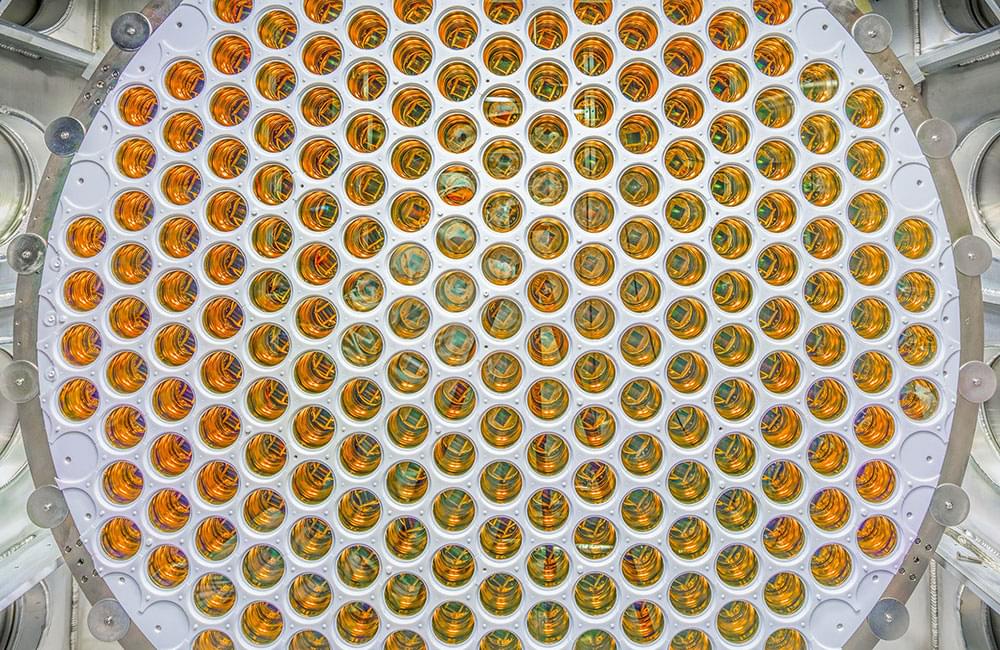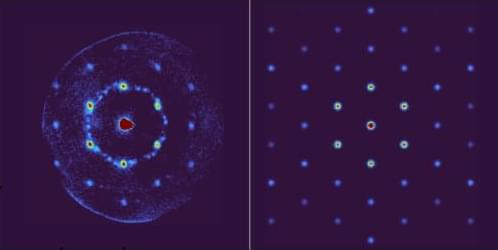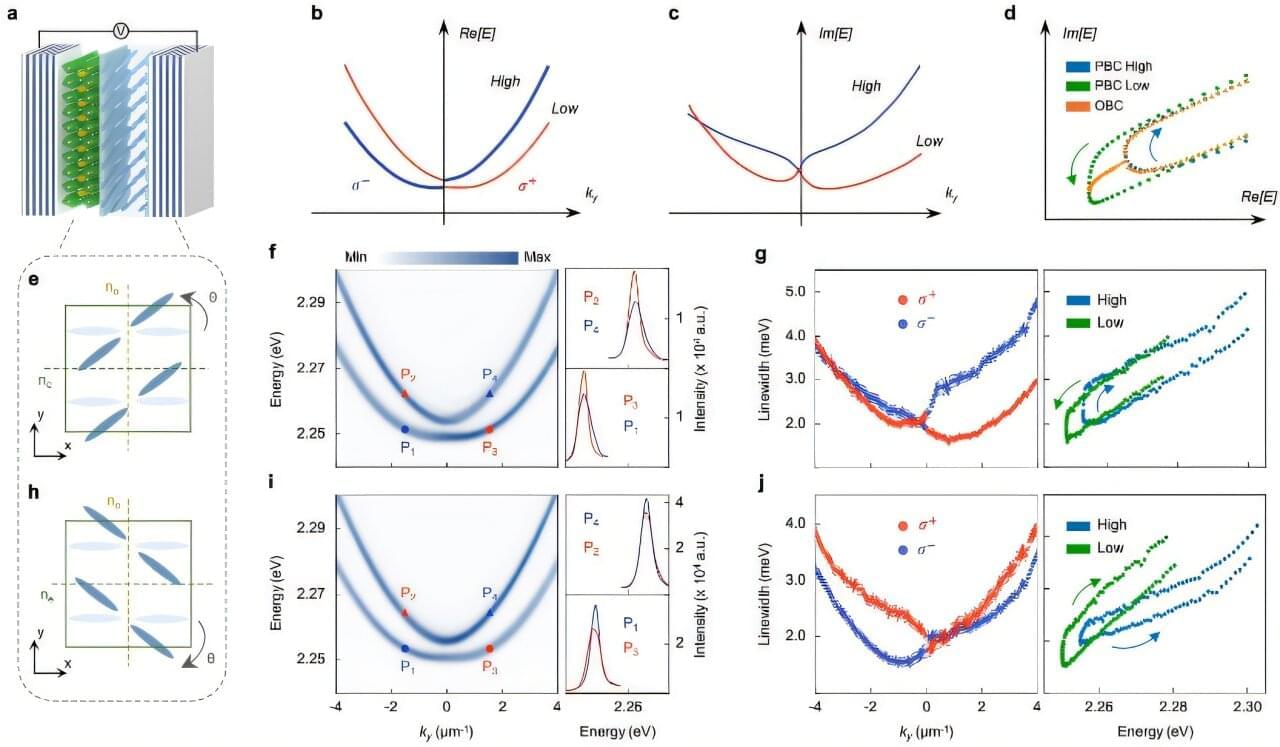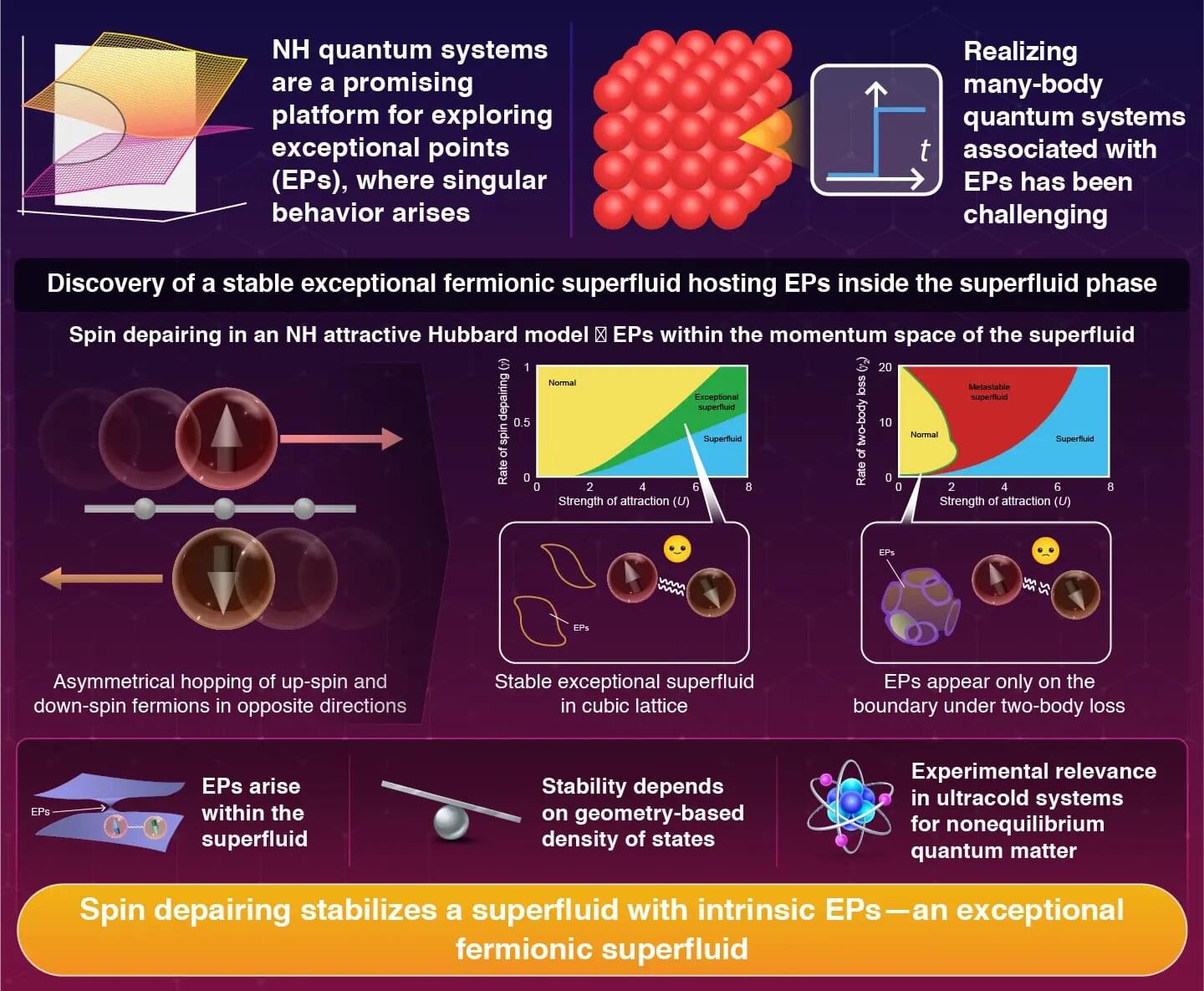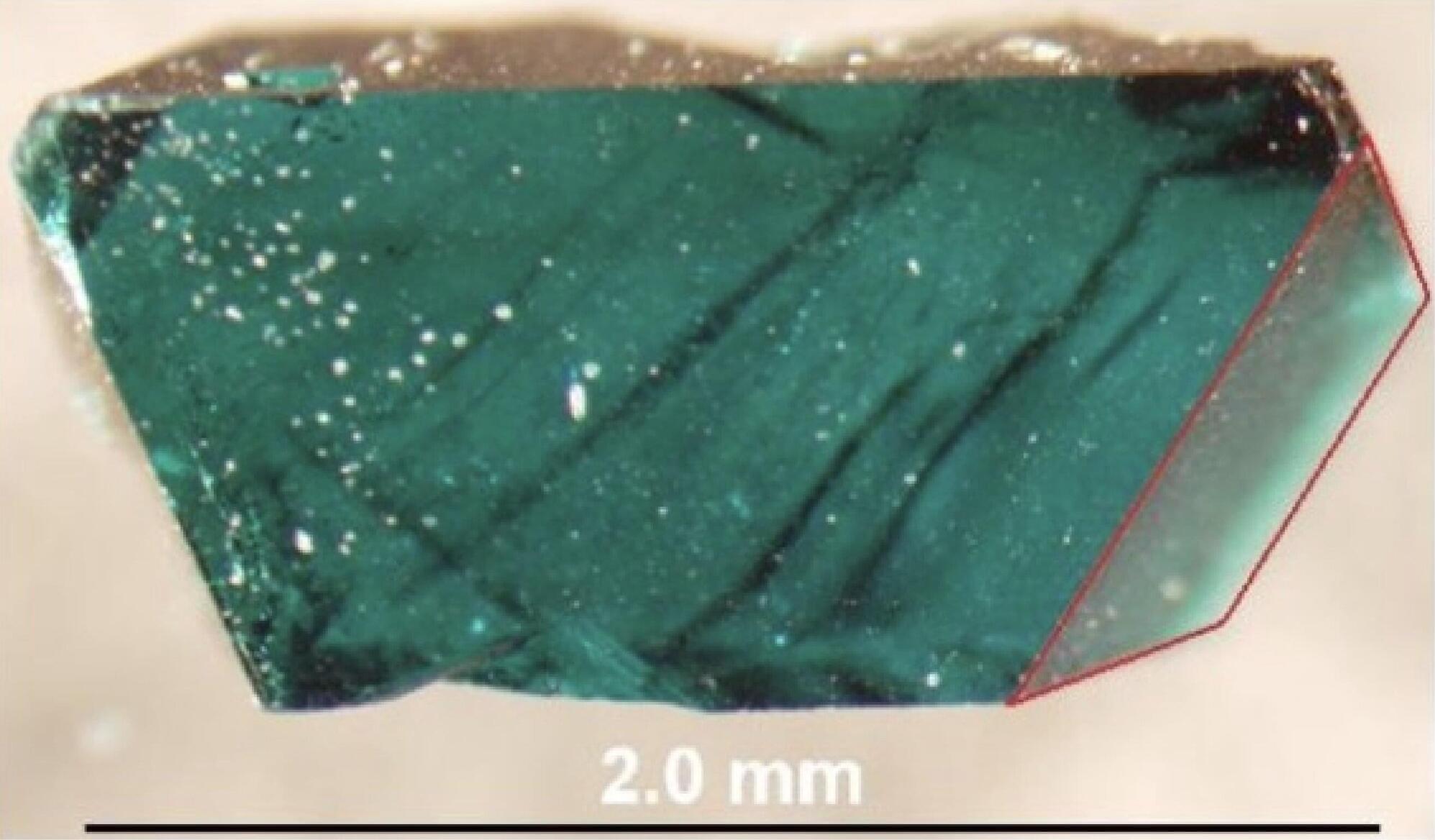Quantum spin liquids are exotic states of matter in which spins (i.e., the intrinsic angular momentum of electrons) do not settle into an ordered pattern and continue to fluctuate, even at extremely low temperatures. This state is characterized by high entanglement, a quantum effect that causes particles to become linked so that the state of one affects the others’ states, even over long distances.
Researchers at SLAC National Accelerator Laboratory and Stanford University recently gathered evidence of intrinsic quantum spin liquid behavior in a kagome material, a magnetic material in which atoms are arranged in a particular pattern known as a kagome lattice. Their findings, published in Nature Physics, could help to further delineate the fundamental principles underpinning quantum spin liquid states.
“I’ve been interested in understanding quantum spin liquids for the past 20+ years,” Young S. Lee, senior author of the paper, told Phys.org. “These are fascinating new states of quantum matter. In principle, their ground states may possess long-range quantum entanglement, which is extremely rare in real materials.


